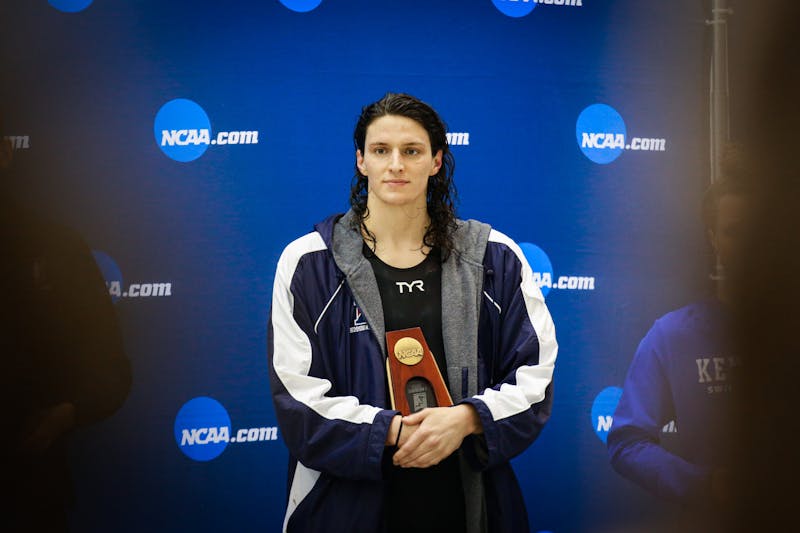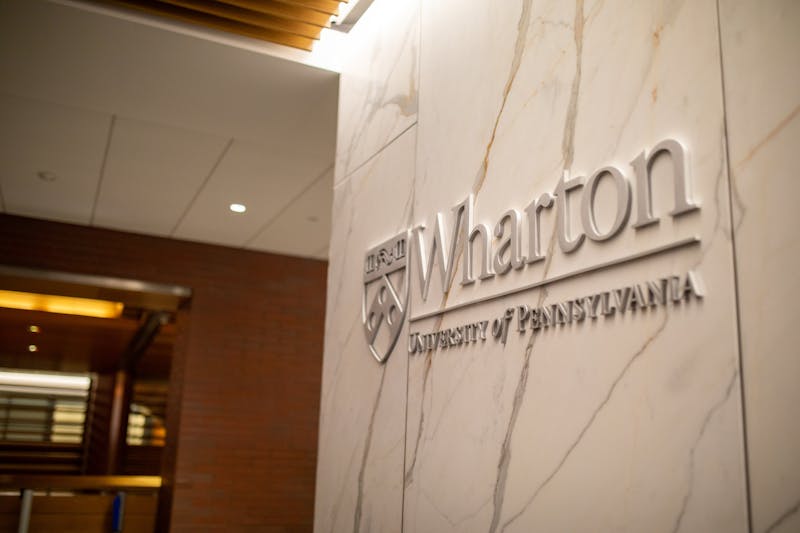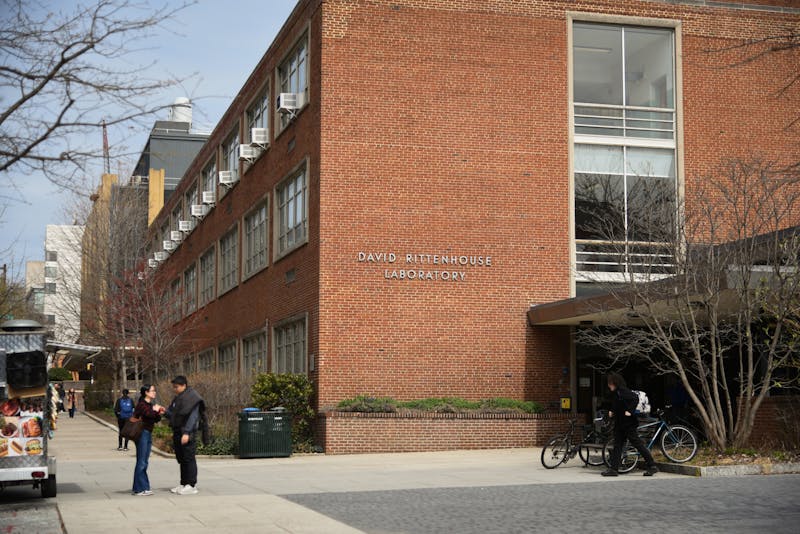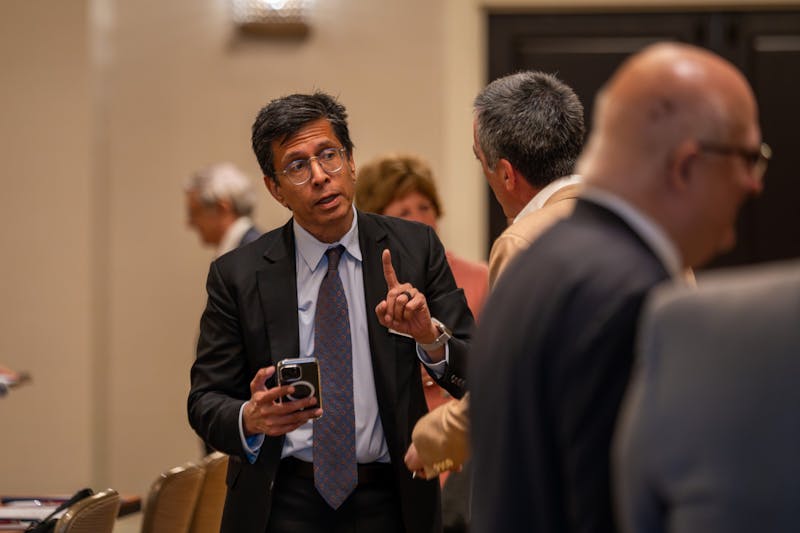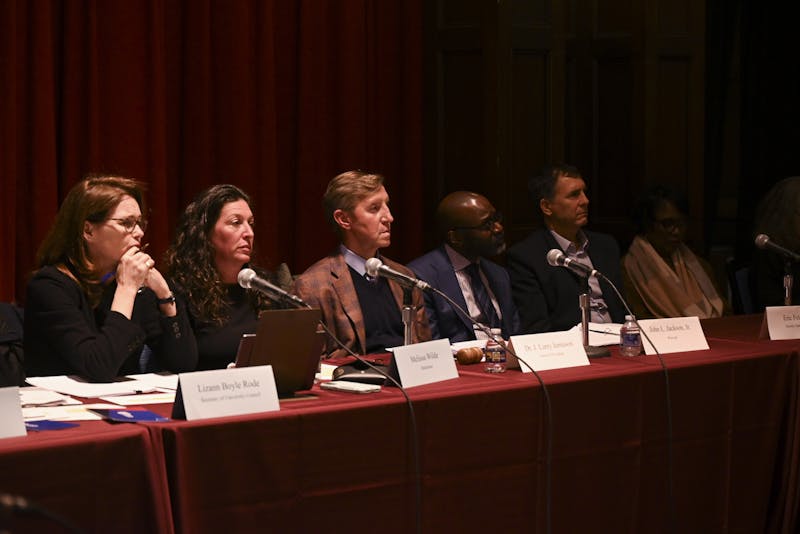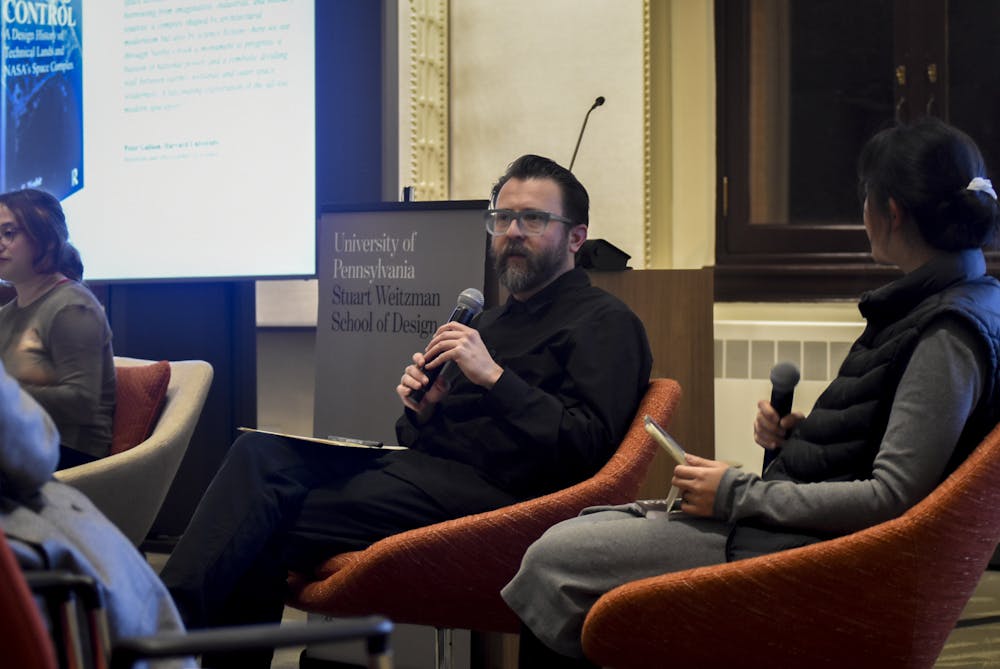
Penn's Stuart Weitzman School of Design hosted Temple University Tyler School of Art and Architecture professor Jeffery Nesbit for a conversation about his newest book, "Ground Control: A Design History of Technical Lands," on Feb. 27.
The book talk began with a lecture from Nesbit before transitioning to a roundtable discussion. The event focused on the transformation of NASA’s facilities into "technical lands," a designation that extends over political and physical boundaries.
“In the ’50s, I would argue that the entire enterprise was interested in the space programs being a nation-building exercise in competition with the Soviets,” Nesbit said at the event. “What’s interesting to me is that the way in which we built these facilities are embedded in culturally contingent decisions, not technological or engineered ones.”
This perspective challenges traditional understandings of infrastructure, as changing responses to the evolution of launch facilities reflect how technical spaces are embedded in cultural narratives.
“At the beginning of the first launches, the only infrastructure was a wooden shed to house the electrical material that would run the cords down to the rocket,” Nesbit said. “As the rockets got larger, the architecture changes — and our worldviews also change through the growth of the space complex within a short 12 years.”
As a collaboration between the Weitzman School of Design and the Tyler School of Art and Architecture, “Ground Control” created valuable opportunities for Penn students — and the broader Philadelphia community — to engage with novel research and thinking in their respective fields.
“We were offered the opportunity to come and moderate a panel with Nesbit,” first-year Landscape Architecture and Fine Arts graduate student Mel Bellker said. “It was just a lovely opportunity for us to speak directly with an author, engage with the book, and talk amongst ourselves.”
Third-year Landscape Architecture and Fine Arts graduate student Noa Machover added that Architecture professor Rebecca Popowsky, who came up with the idea to involve students in this way, "helped us think about how to formulate questions."
"It’s really teaching how to actively engage with ideas, how to do that collaboratively, and how to work things out," he added.
Another theme throughout the conversation was the value of pausing and examining existing conditions before rushing toward future visions. This approach resonated with students who are interested in the relationship between technology, landscape, and their societal implications.
“By the looks of it, space exploration and eventually settling elsewhere is inevitable,” audience member Dagny Elise Carlsson, who is pursuing a dual master's degree in architecture and landscape architecture, said. “So how do we think about designing for the future?”
As space exploration shifts increasingly towards private industry, questions emerged about how companies such as SpaceX and Blue Origin will reshape space infrastructure and adjacent communities.
“[1997 College and Wharton graduate] Elon Musk is launching rockets off the Mexico-Texas border, in a town called Bucha, where he’s trying to privatize the incorporation of the town itself,” Nesbit said. “In other [currently or previously] federal sites, though, there was no community living because they were considered remote to begin with. So, moving forward, we’ll see more difference in the pressure behind these activities."
Machover said that Nesbit has revealed "how obscured these landscapes and mechanisms have been," and he "hope[s] there will be more interest in these topics."
The Daily Pennsylvanian is an independent, student-run newspaper. Please consider making a donation to support the coverage that shapes the University. Your generosity ensures a future of strong journalism at Penn.
Donate






